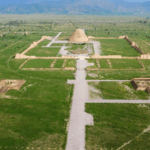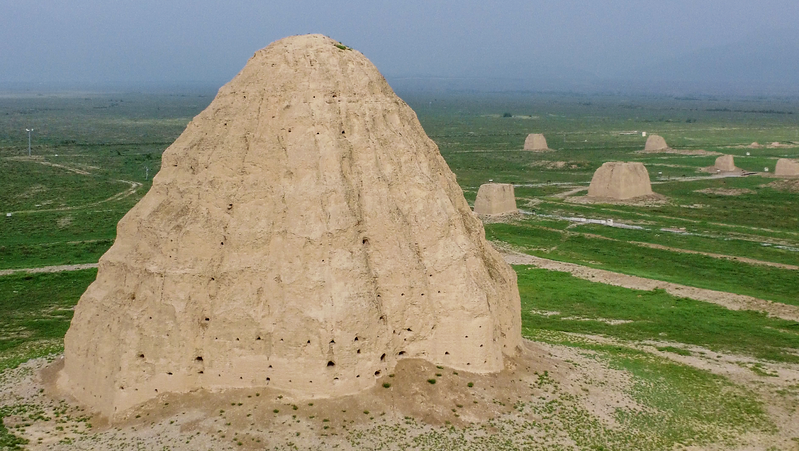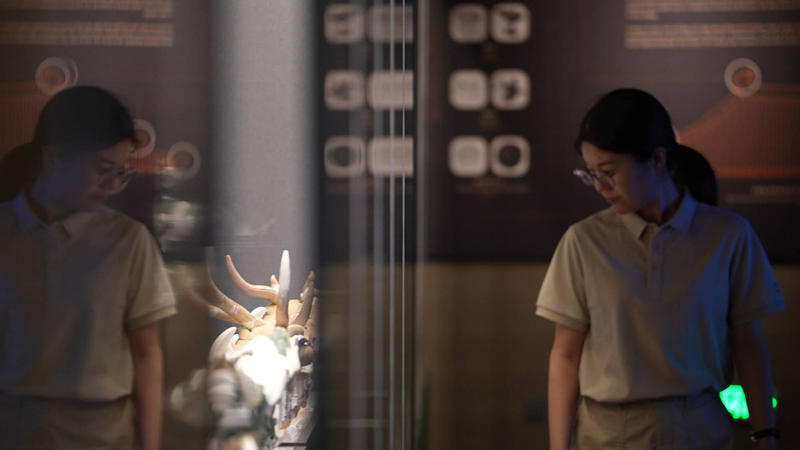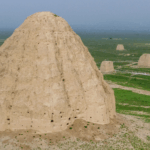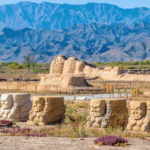High above the rugged terrain of northwest China's Ningxia Hui Autonomous Region, a fleet of drones has unveiled an archaeological marvel: the long-hidden burial sites of the Xixia Dynasty (1038-1227). Nestled at the Helan Mountains' base near Yinchuan, these 800-year-old tombs appear as silent sentinels merging with the desert – their geometric patterns and eroded mounds telling stories of a once-powerful empire erased by Genghis Khan's forces.
The newly released aerial footage reveals a striking juxtaposition of human history and natural forces. Sandstone structures stand defiantly against wind-sculpted dunes, while intricate carvings hint at cultural exchanges along the ancient Silk Road. Archaeologists note the site's strategic location along historic trade routes, offering fresh insights into the Tangut people's sophisticated governance and Buddhist influences.
For travelers and historians alike, this discovery underscores Ningxia's growing significance as a cultural tourism hub. Business analysts highlight potential opportunities in sustainable heritage preservation, while diaspora communities reconnect with a rarely discussed chapter of Asian history. As drone technology continues reshaping archaeological exploration, these images serve as a powerful reminder of Asia's layered past waiting to be rediscovered.
Reference(s):
cgtn.com




